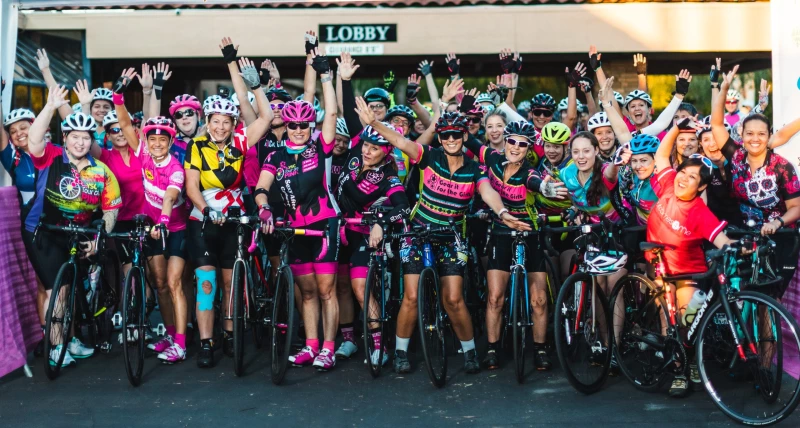 When I got diagnosed with breast cancer during the final month of my first pregnancy, hormones took on a new importance in my life. My doctors worried the estrogen flooding my body during pregnancy had fueled my tumor’s growth. They warned that chemo might shut down my body’s reproductive hormones and my ability to have another child.
When I got diagnosed with breast cancer during the final month of my first pregnancy, hormones took on a new importance in my life. My doctors worried the estrogen flooding my body during pregnancy had fueled my tumor’s growth. They warned that chemo might shut down my body’s reproductive hormones and my ability to have another child.
Two years later, I began monitoring those hormones and was overjoyed when I learned I was pregnant with a little girl. Now, 10 years after my diagnosis, I am considering having my ovaries taken out in order to remove these engines of estrogen production—even though I know I can’t take hormone therapy to help me through the throes of menopause.
I work hard to stay healthy and protect myself from cancer triggers. But through my work at an environmental organization, I have learned not all hormone-related threats come from inside our bodies. Some come from chemicals found in the air we breathe, the water we drink, and the consumer products we use every day. Many of these chemicals are known to mimic estrogen, and disrupt the development of breast tissue. Almost none of them are regulated by the government.
This has potentially grave consequences for women and girls. Mammary glands are the only body part that changes structure over time, and this extended development is guided by hormones. When toxic chemicals disrupt this delicate form of communication, the breast can get the wrong message and start restructuring in ways that lay the groundwork for cancer.
Take Bisphenol A (BPA). BPA is a chemical found in plastic bottles, canned foods and baby toys. It is so common that more than 90 percent of Americans have residues of the chemical in their bodies, according to the Centers for Disease Control. It is also a synthetic form of estrogen and has been shown to cause normal breast cells to behave like cancer cells and has been linked to prostate cancer, lower sperm counts, and early puberty.
Polycyclic aromatic hydrocarbons (PAHs) are another group of chemicals known to mimic estrogen. PAHs are commonly found in soot—air pollution from burning coal, oil and gasoline. Some PAHs have been shown to cause mammary tumors in rats and to interfere with DNA repair in cells. And several epidemiological studies have linked PAH exposure to increased risk for breast cancer in women.
Similar estrogenic chemicals are found in pesticides and weed killers such as atrazine. Atrazine was banned in the European Union because of its potential to harm human health, but more than 75 million pounds are used in the United States every year and atrazine is frequently found in drinking water during growing seasons. Atrazine is a known hormone disruptor, and some studies have linked it to increased risks for breast cancer.
As someone who avoids eating tofu in order to reduce my exposure to estrogen, I find it alarming we are exposed to so many sources of synthetic hormones every day. But the more we learn, the more we can protect ourselves. We can buy organic produce to avoid pesticides like atrazine. We can use cosmetics free of toxic preservatives. And we can heat and store our food in glass instead of plastic. The Breast Cancer Fund has a terrific set of tips for avoiding hazardous chemicals.
But shopping alone can’t reduce all the risk, since we don’t always know where these chemicals may be lurking. There are more than 80,000 chemicals used in the United States, but the Environmental Protection Agency has required only 200 of them to be tested and only 5 to be regulated. It’s time the government stepped in and demanded manufacturers prove their ingredients pose no harm.
I will never know if toxic chemicals contributed to my tumor. But I do know that if reducing the amount of these chemicals in our lives will shield other women from the anguish of this disease, we must start demanding companies clean up their act now.


